Author
 John Boynton
John has worked for EPLAN for 24 years and is our Technical Business Manager. A member of The Institute of Engineering & Technology, and The Engineering Council for over 20 years, John has a wealth of experience and skills ranging from analysing customers' processes in order to identify areas in which could be made more efficient, to project management, consultancy, method counselling and project commissioning.
boynton.j@eplan.co.uk
John Boynton auf LinkedIn
John Boynton
John has worked for EPLAN for 24 years and is our Technical Business Manager. A member of The Institute of Engineering & Technology, and The Engineering Council for over 20 years, John has a wealth of experience and skills ranging from analysing customers' processes in order to identify areas in which could be made more efficient, to project management, consultancy, method counselling and project commissioning.
boynton.j@eplan.co.uk
John Boynton auf LinkedIn
The Design Method is the Key to Efficient Engineering
This blog digs deeper into the design methods that help you optimise your engineering process. First of all, there isn’t one method that is the ‘best practice’ for every engineering process. The best design method for you depends on your company’s strategy. What are you good at? Why do your customers choose you? What type of products do you make? These are the questions that determine which design method leads to the best results for you.
3 Design Methods
There are generally three ways to optimise your design process: basic engineering, design automation and configuration.
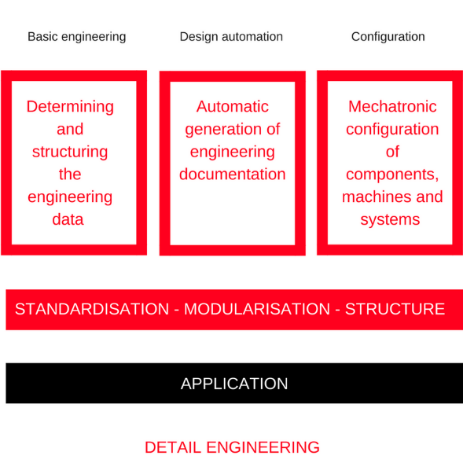
Basic Engineering
Basic engineering is also known as pre-engineering, but has the results of preliminary design. Using this method, the engineers set the project up in general terms; they sketch it as if it were a concept. By doing this, basic engineering can be closely related to the calculation process, which is often based on general assumptions.
Basic engineering is also suitable if you don’t manufacture your own products (like machine builders) but custom engineer for various customer projects. It isn’t possible to structure and grasp everything in one standard because you can’t know what the final solution will look like beforehand.
Basic engineering lets you store the information you already know, such as the electrical variants, number of motors and motor starters, pumps, control valves and sensors. By storing this basic information in process modules -macros - beforehand, your team will save time in the planning stage of the design process. At a later stage, the engineers add connections, dependencies and relationships between the process modules.
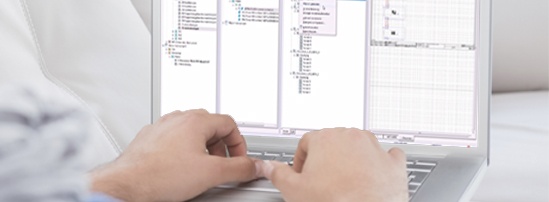 Get a basic structure for your project by creating macros.
Get a basic structure for your project by creating macros.
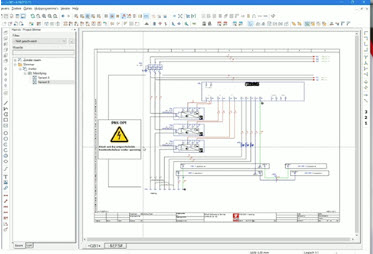 Design Automation
Design Automation
Design automation goes one step further. You don’t only store the process modules (macros), but also the connections, dependencies and relationships in between. This makes it possible to create complete solutions and the system automatically makes the right connections and choices. Component data is automatically filled in, saving your engineers a lot of manual labour.
This design method is particularly suitable for generating electrical schematics from standard machines or installations with a limited amount of options and variants. The chosen process modules can be larger because the different products have many options.
Machine builders in particular can engineer a lot more efficiently in this way. This design method is an ideal addition if mechanical engineering is already automated.
Configuration
Configuration is a design method which is mainly used in relatively complex systems that made from components with different versions or variants. The advantage of configuration is that the product or installation is only designed when it is needed.
With configuration, your team stores all of the engineering knowledge in a library of pre-defined mechatronic or functional components. All of the dependencies and associations in the engineering rules are also stored here.
Based on these pre-defined, mechatronic macros and rules, you can automatically configure complex components, machines or even complete factories. Via simple option menus, the engineer chooses the correct (mechanical) variants; the system automatically changes these into the corresponding electrical and software variants.
Configuring is a more sophisticated way of generating designs than automating. The macros are smaller and functional. The smaller the macro, the easier your engineers can configure different solutions. As the number of macros increases, managing them becomes more complex.
The advantages of configuration speak for themselves: there is less manual work because your engineers can reuse more. Boring, repetitive engineering tasks are replaced with automation, the quality increases considerably and shortened lead times are met. Configuring has another advantage - you can link directly to a sales configurator, enabling your sales team to find a solution with the customer.
 Macros makes designing much easier.
Macros makes designing much easier.
Configuration is ideal for more complex products that have many options and variants. System integrators, who mostly custom engineer to the customers specifications, can also profit from the advantages of configuration. By making process modules smaller, functional and intelligent, you can make your engineering process a lot more efficient.
The Best Result
The right design method for you is not an either-or, but both-and situation. You can therefore choose a combination of different methods. For example, configuring with part automation. Or you can have basic engineering and configuration. The aim is to link your design method to your customers and products. This gives you the best result.

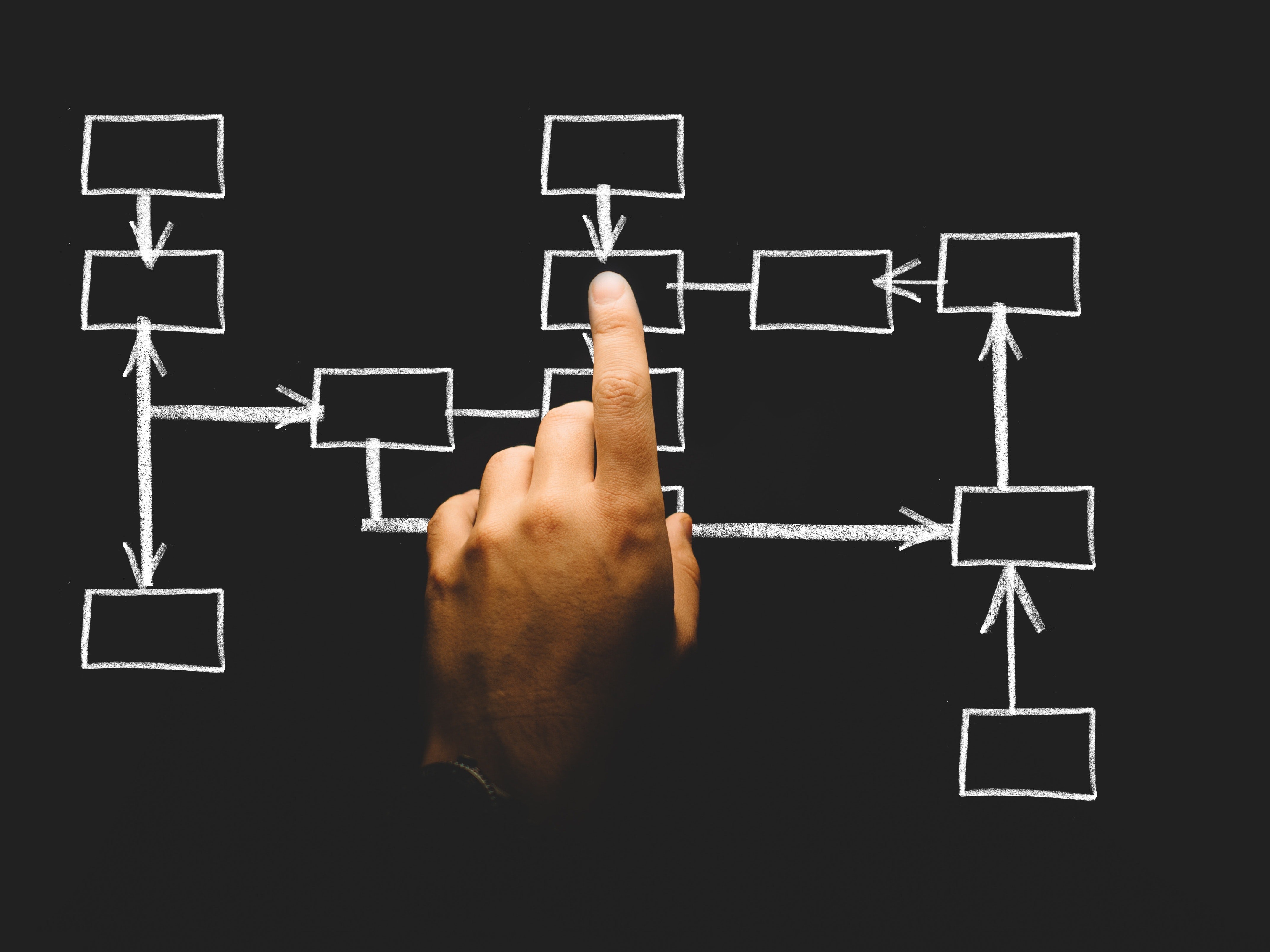

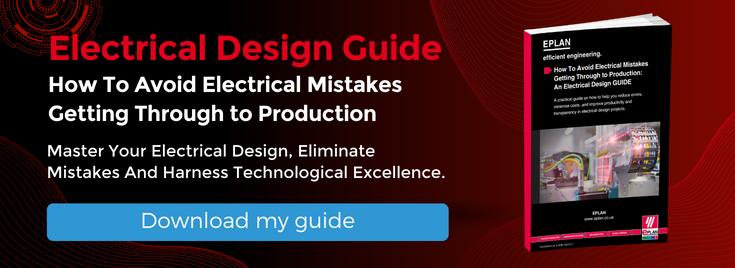
Comments